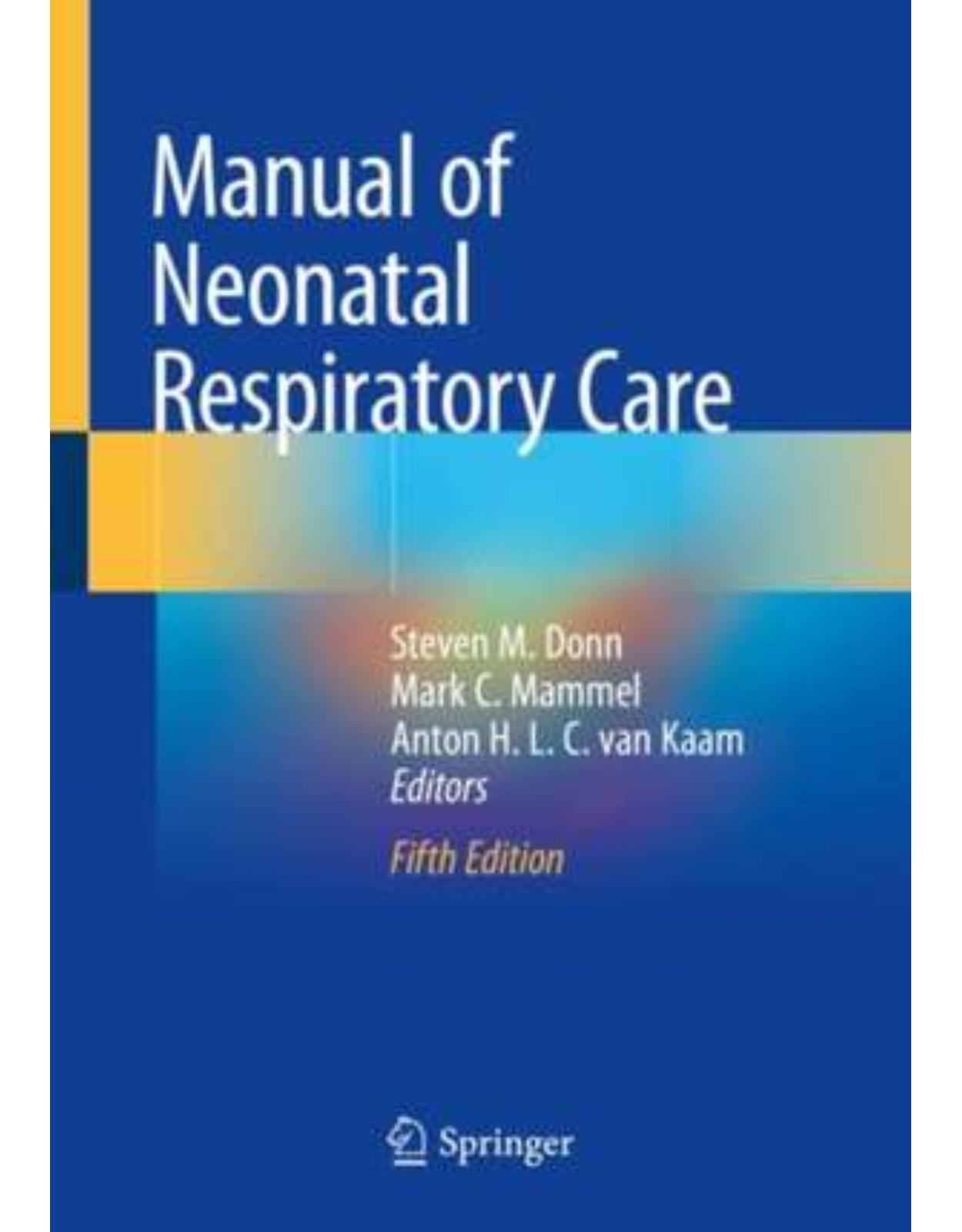
Manual of Neonatal Respiratory Care, Fifth Edition
Livrare gratis la comenzi peste 500 RON. Pentru celelalte comenzi livrarea este 20 RON.
Disponibilitate: La comanda in aproximativ 4 saptamani
Editura: Springer
Limba: Engleza
Nr. pagini: 936
Coperta: Paperback
Dimensiuni: 178 x 254 mm
An aparitie: 10 mai 2022
Respiratory care is the largest overall component of neonatal intensive care, and the fifth edition of the Manual of Neonatal Respiratory Care is the leading bedside guide for all aspects of respiratory care in the neonatal intensive care unit. Its easy-to-read outline format is simple yet comprehensive and covers all aspects of lung disease in the newborn infant, including embryology, principles of mechanical ventilation, procedures and techniques, monitoring, devices, adjunctive therapies, management of respiratory illness, complications, outcomes, and related issues. The latest edition includes fully revised and updated information, coverage on new equipment and devices, and an expanded authorship to enhance its international appeal. The new edition also features two new co-editors, Dr. Mark Mammel and Dr. Anton Van Kaam, internationally recognized experts in the field who bring a fresh perspective to the manual. Divided into sixteen sections, the book begins with a section on lung development and maldevelopment, specifically covering the development of the respiratory system, malformations, deformations, disorders of the neonatal airway, and developmental lung anomalies. The second section reviews the principles of mechanical ventilation, with coverage on such topics as spontaneous breathing, oxygen therapy, oxygen toxicity, pulmonary mechanics, and ventilator parameters. The third section of the manual outlines procedures and techniques, including neonatal resuscitation, laryngoscopy and endotracheal intubation, and tracheostomy. The following section dives into the monitoring of the ventilated patient, specifically focusing on continuous monitoring techniques, clinical controversies in pulse oximetry, and echocardiography. The next section spotlights noninvasive ventilatory techniques, such as nasal interfaces, humidified high-flow nasal cannula therapy, and sustained inflation. The sixth section of the manual focuses on ventilatory modes and modalities, with coverage on intermittent mandatory ventilation, pressure support ventilation, and pressure control ventilation. The following section segues into high-frequency ventilation, reviewing general concepts, high-frequency jet ventilation, and high-frequency oscillatory ventilation. The eighth section centers around commonly used neonatal ventilators, such as the DRAEGER VN500 ventilator, the AVEA ventilator, and the Twinstream ventilator. The ninth section reviews adjunctive therapies, including hemodynamic support, nutritional support, the use of sedation and analgesia, inhaled nitric oxide therapy, and ECMO. The tenth section shifts gears to spotlight the management of common neonatal respiratory diseases, with chapters on mechanisms of respiratory failure, tissue hypoxia, respiratory distress syndrome, persistent pulmonary hypertension, and pulmonary hypoplasia/agensis among others. Section eleven reviews the etiology, pathogenesis, and management of bronchopulmonary dysplasia, as well as the long-term outcome of newborns with this chronic lung disease. The next section presents complications associated with mechanical ventilation, such as thoracic air leaks, neonatal pulmonary hemorrhage, and neurologic complications. The following two sections spotlights ethical, legal and other considerations, among them nursing care of the ventilated infant, long-term ventilator dependency, home ventilation, withdrawal of ventilatory support, and medical liability and risk management. The fifteenth section focuses on research and literature, with coverage on interpreting medical literature, data collection and assessment of respiratory outcomes, and contemporary classics in neonatal respiratory care. The final section presents ventilatory case studies. The text also features over 300 high-yield radiographic images, figures, tables, and algorithms.
Table of Contents:
Part I. Lung Development and Maldevelopment
1. Development of the Respiratory System
2. Malformations, Deformations, and Disorders of the Neonatal Airway
3. Developmental Lung Anomalies
Part II. Principles of Mechanical Ventilation
4. Spontaneous Breathing
5. Pulmonary Gas Exchange
6. Oxygen Therapy
7. Oxygen Toxicity
8. Pulmonary Mechanics and Energetics
9. Basic Principles of Mechanical Ventilation
10. Classification of Mechanical Ventilation Devices
11. Ventilator Parameters
12. Respiratory Gas Conditioning and Humidification
Part III. Procedures and Techniques
13. Cardiorespiratory Examination
14. Neonatal Resuscitation
15. Laryngoscopy, Tracheal Intubation, and Laryngeal Mask Airway
16. Vascular Access
17. Tracheostomy
Part IV. Monitoring the Ventilated Patient
18. Continuous Monitoring Techniques
19. Clinical Controversies in Pulse Oximetry
20. Interpretation of Blood Gases
21. Volumetric Capnography in Critically Ill Neonates and Children
22. Neonatal Pulmonary Graphics
23. Diagnostic Imaging
24. Transillumination
25. Echocardiography
26. Bronchoscopy
Part V. Noninvasive Ventilatory Techniques
27. Nasal Interfaces for Noninvasive Ventilation
28. Humidified High-Flow Nasal Cannula Therapy
29. Continuous Distending Pressure
30. Sustained Inflations
31. Noninvasive Ventilation: An Overview
32. Nasal Intermittent Positive Pressure Ventilation (NIPPV)
33. Practical Applications of Nasal High-Flow Therapy
Part VI. Ventilatory Modes and Modalities
34. Intermittent Mandatory Ventilation
35. Synchronized Intermittent Mandatory Ventilation
36. Assist/Control Ventilation
37. Pressure Support Ventilation
38. Volume-Targeted Ventilation
39. Pressure Control Ventilation
Part VII. High-Frequency Ventilation
40. High-Frequency Ventilation: General Concepts
41. High-Frequency Jet Ventilation
42. High-Frequency Oscillatory Ventilation
Part VIII. Commonly Used Neonatal Ventilators
43. Ventilator Mode Classification
44. AVEA Ventilator
45. Twinstream Ventilator
46. Puritan Bennett 840 and Puritan Bennett 980 Ventilators
47. Draeger VN 800/600/500
48. Neurally Adjusted Ventilatory Assist (NAVA) Ventilation
49. Servo Ventilator Systems
50. SLE6000/5000/4000 Infant Ventilators
51. Stephanie and Sophie Ventilators
52. Leoni Plus Ventilator
53. Fabian HFO Ventilator (Acutronic)
54. Bunnell LifePulse High-Frequency Jet Ventilator
55. High-Frequency Oscillatory Ventilators
Part IX. Adjunctive Therapies
56. Hemodynamic Support of the Newborn
57. Nutritional Support in Respiratory Failure
58. Surfactant Replacement Therapy
59. Pharmacologic Agents
60. Automatic Control of Inspired Oxygen Concentration
61. Aerosolization and Nebulization
62. Sedation and Analgesia
63. Inhaled Nitric Oxide Therapy
64. Extracorporeal Membrane Oxygenation
Part X. Management of Common Neonatal Respiratory Diseases
65. Mechanisms of Respiratory Failure
66. Tissue Hypoxia
67. Indications for Mechanical Ventilation
68. Respiratory Distress Syndrome
69. Pneumonia in the Newborn Infant
70. Meconium Aspiration Syndrome
71. Persistent Pulmonary Hypertension of the Newborn
72. Congenital Diaphragmatic Hernia
73. Pulmonary Hypoplasia
74. Chylothorax
75. Apnea, Bradycardia, and Desaturation
76. Optimizing Lung Volume
77. Weaning and Extubation
Part XI. Bronchopulmonary Dysplasia
78. Etiology and Pathogenesis
79. Bronchopulmonary Dysplasia: Clinical Management
80. Long-Term Outcomes of Newborns with Bronchopulmonary Dysplasia
Part XII. Complications Associated With Mechanical Ventilation
81. Thoracic Air Leaks
82. Patent Ductus Arteriosus
83. Neonatal Pulmonary Hemorrhage
84. Retinopathy of Prematurity
85. Neurologic Complications of Mechanical Ventilation
Part XIII. Other Considerations
86. Respiratory Focused Nursing Care of the Neonate
87. Transport of Ventilated Babies
88. Role of the Respiratory Therapist in the NICU
89. Long-Term Ventilator Dependency in Infants Without Lung Disease
90. Chronic Home Mechanical Ventilation
91. Discharge Planning and Follow-Up of the NICU Graduate
Part XIV. Ethical and Legal Considerations
92. Initiation of Life Support at the Border of Viability
93. Withdrawal of Ventilatory Support: Ethical and Practical Considerations
94. Medical Liability, Documentation, and Risk Management
Part XV. Research, Quality, and the Literature
95. Interpreting Clinical Research
96. Quality Improvement in Neonatal Respiratory Care
97. Data Collection and Assessment of Respiratory Outcomes
98. Contemporary Classics in Neonatal Respiratory Care
Part XVI. Ventilatory Case Studies
99. Ventilatory Cases
Back Matter
| An aparitie | 10 mai 2022 |
| Autor | Steven M. Donn, Mark C. Mammel, Anton H.L.C. van Kaam |
| Dimensiuni | 178 x 254 mm |
| Editura | Springer |
| Format | Paperback |
| ISBN | 9783030939960 |
| Limba | Engleza |
| Nr pag | 936 |
-
97500 lei 83000 lei

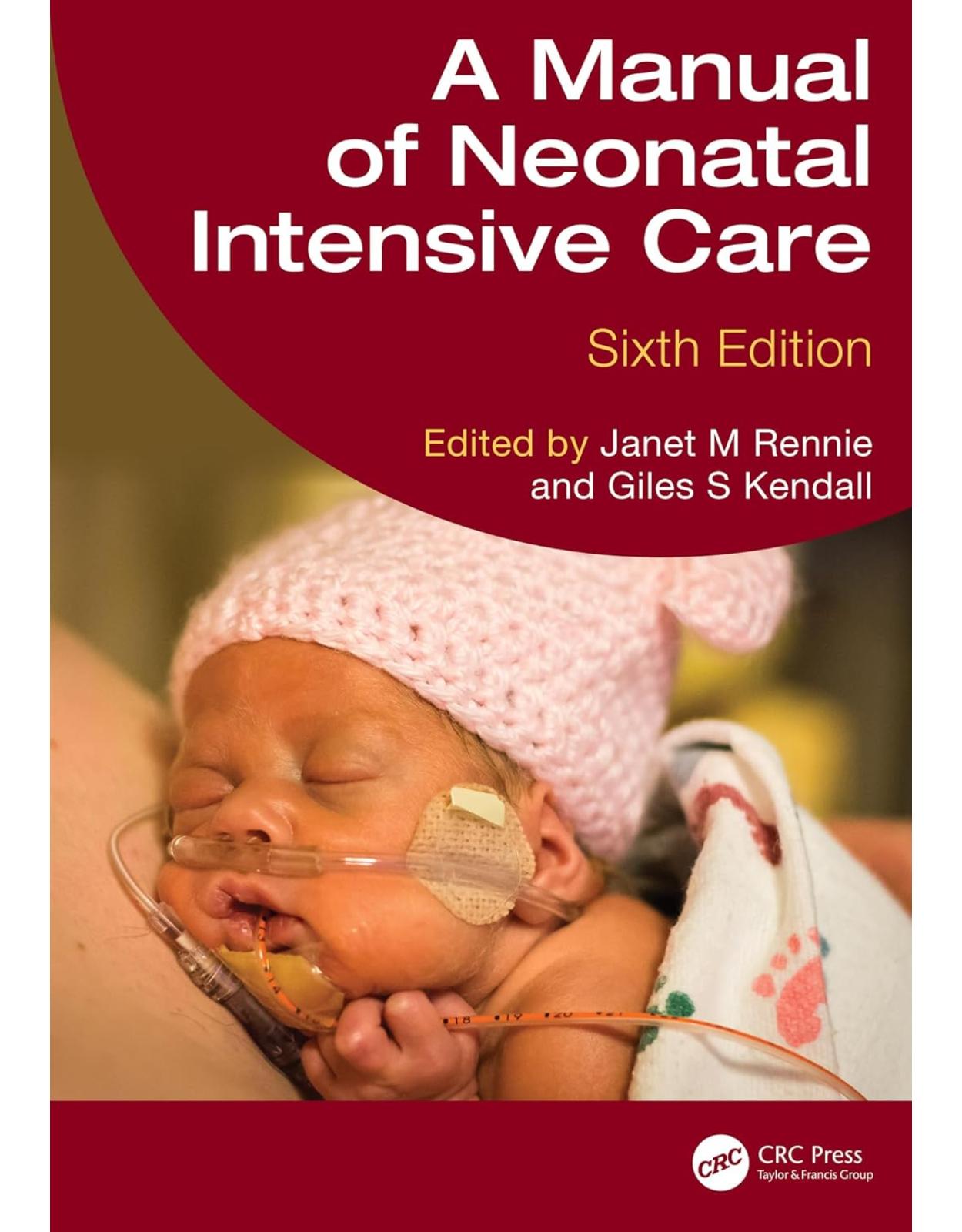
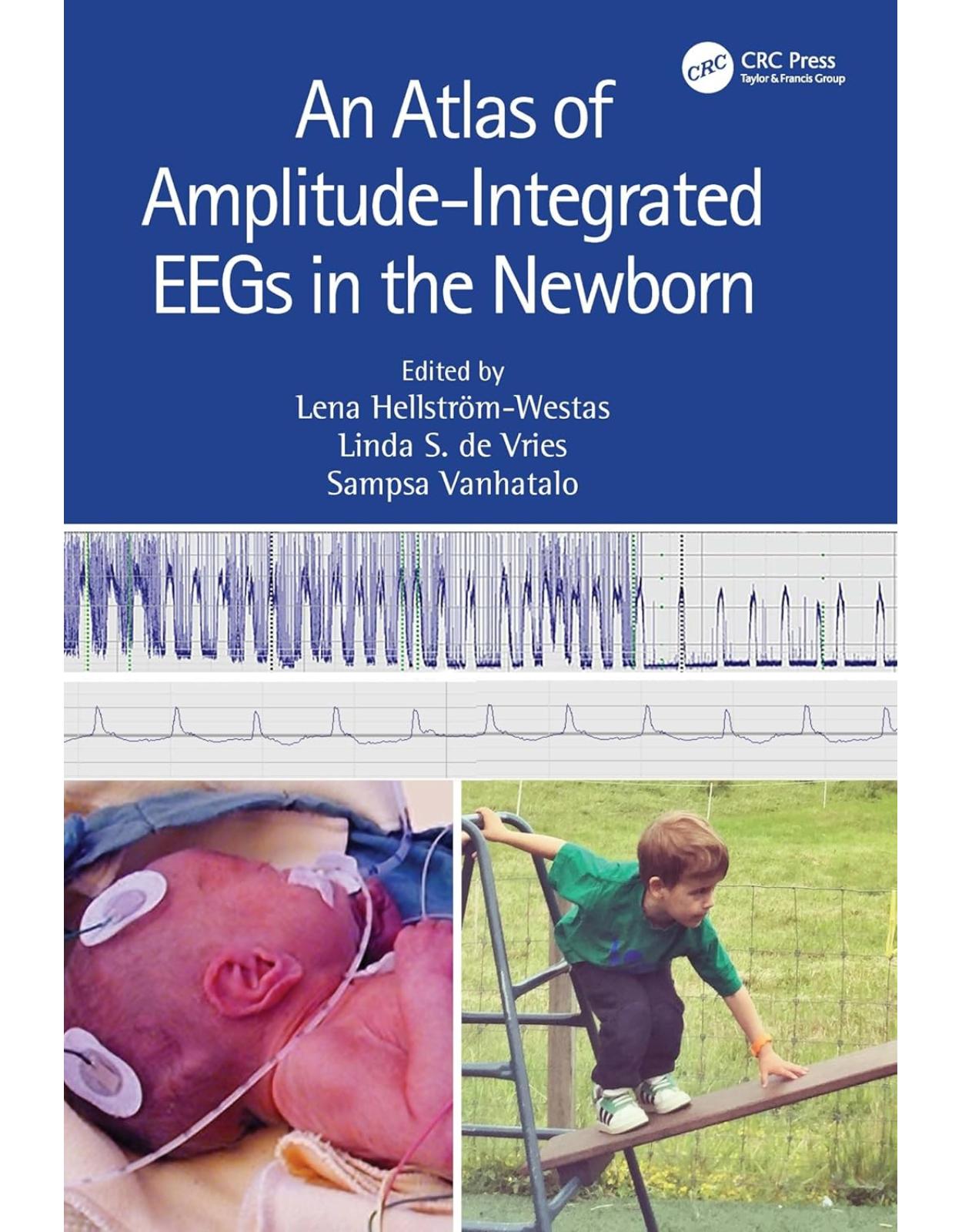

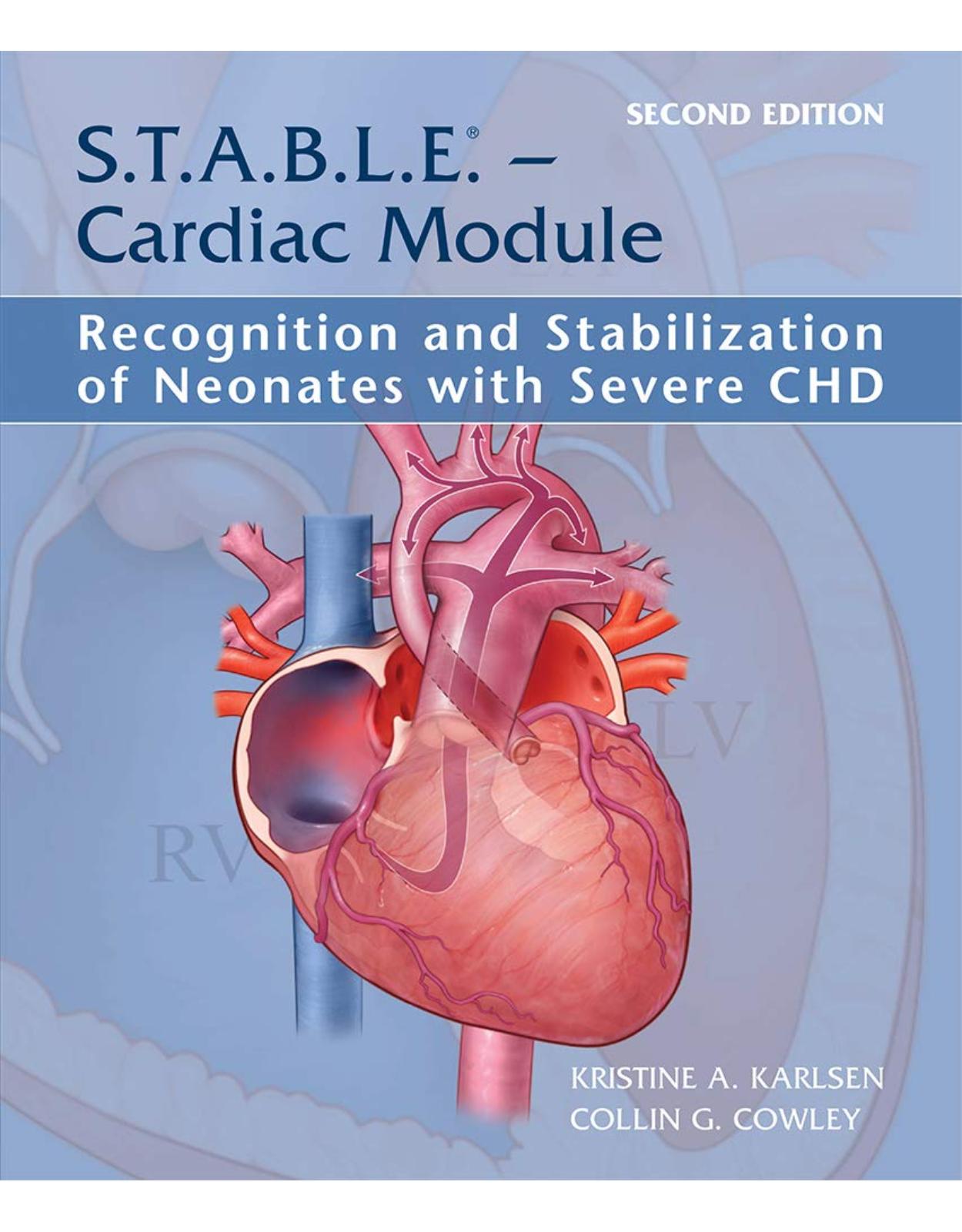
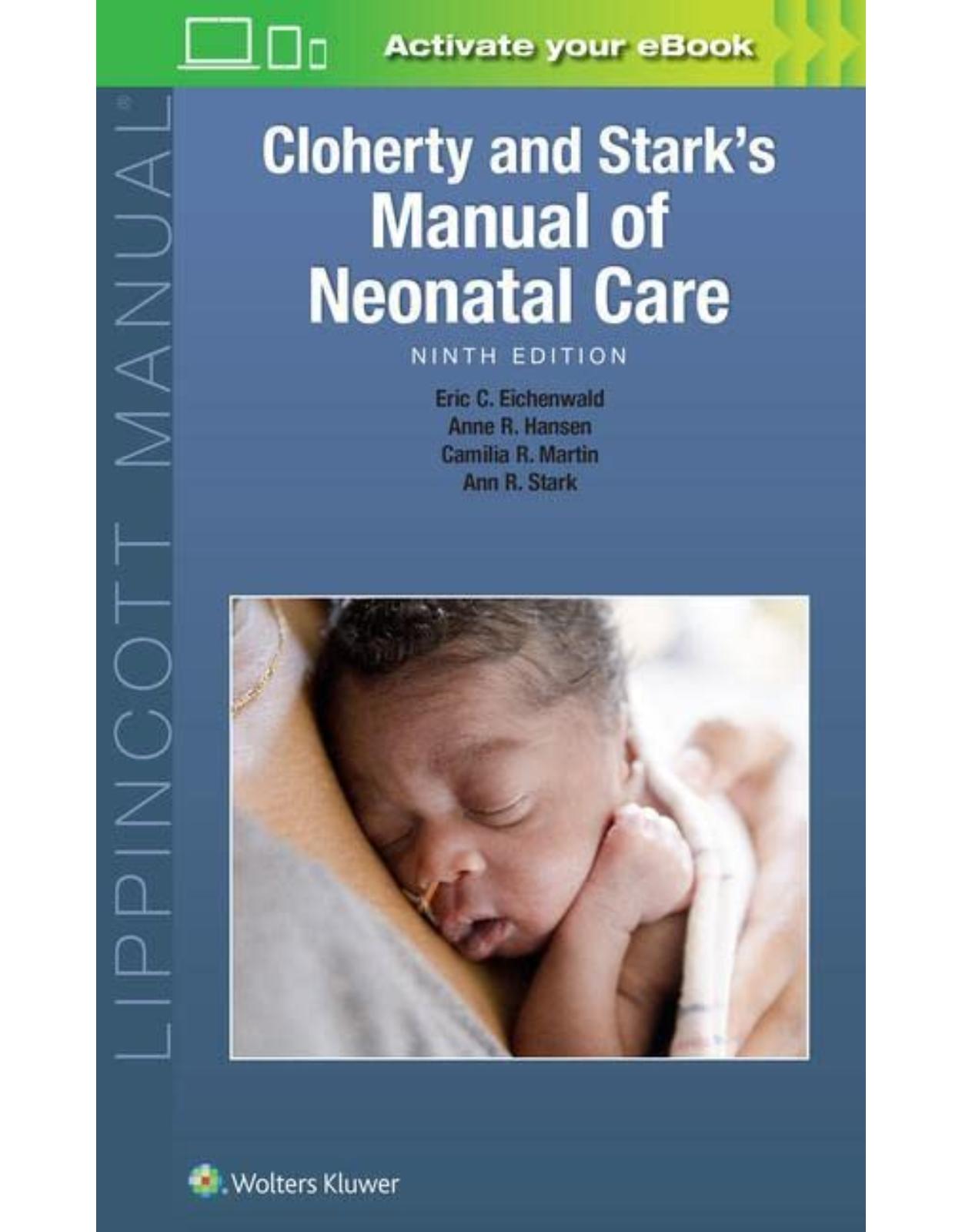
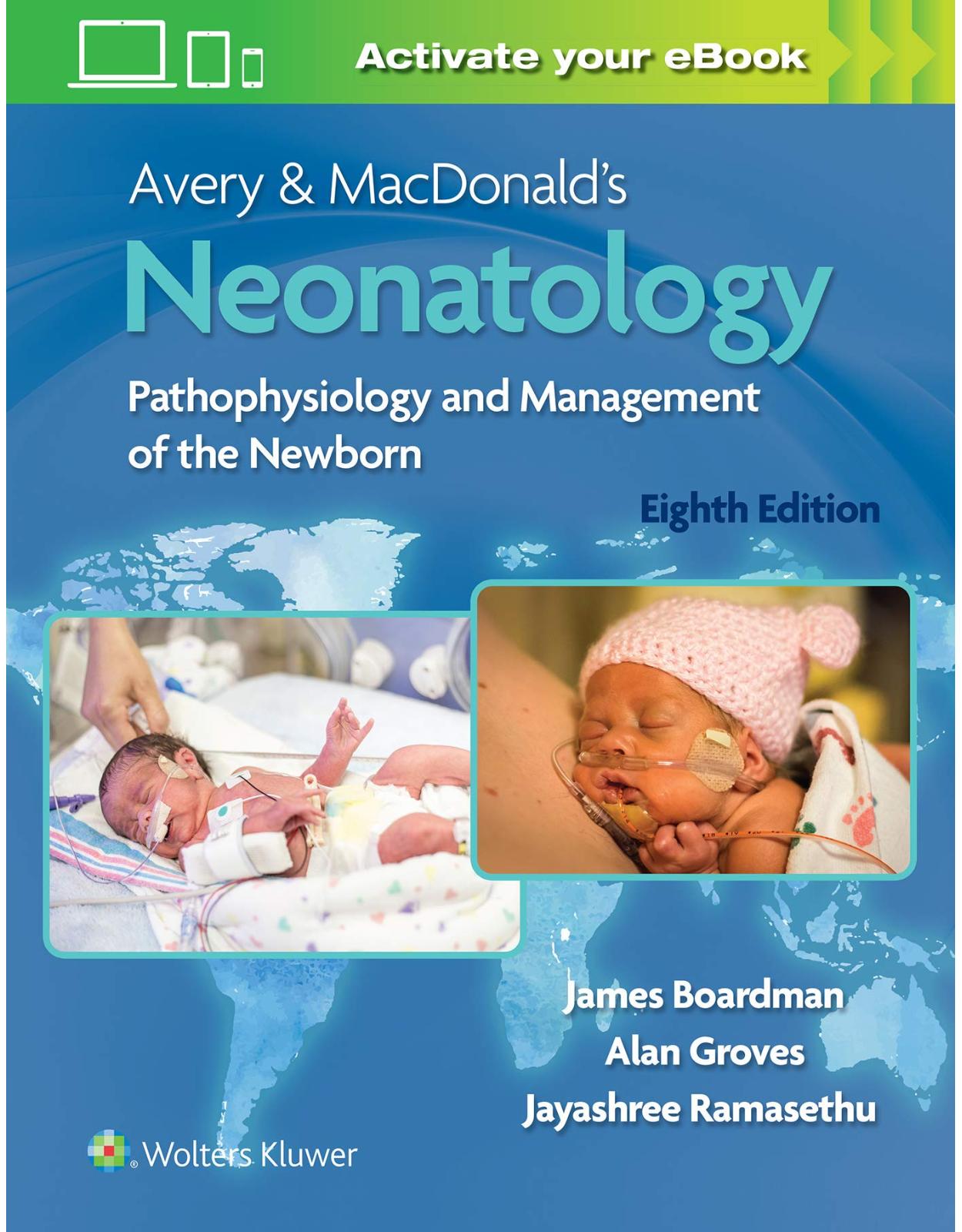
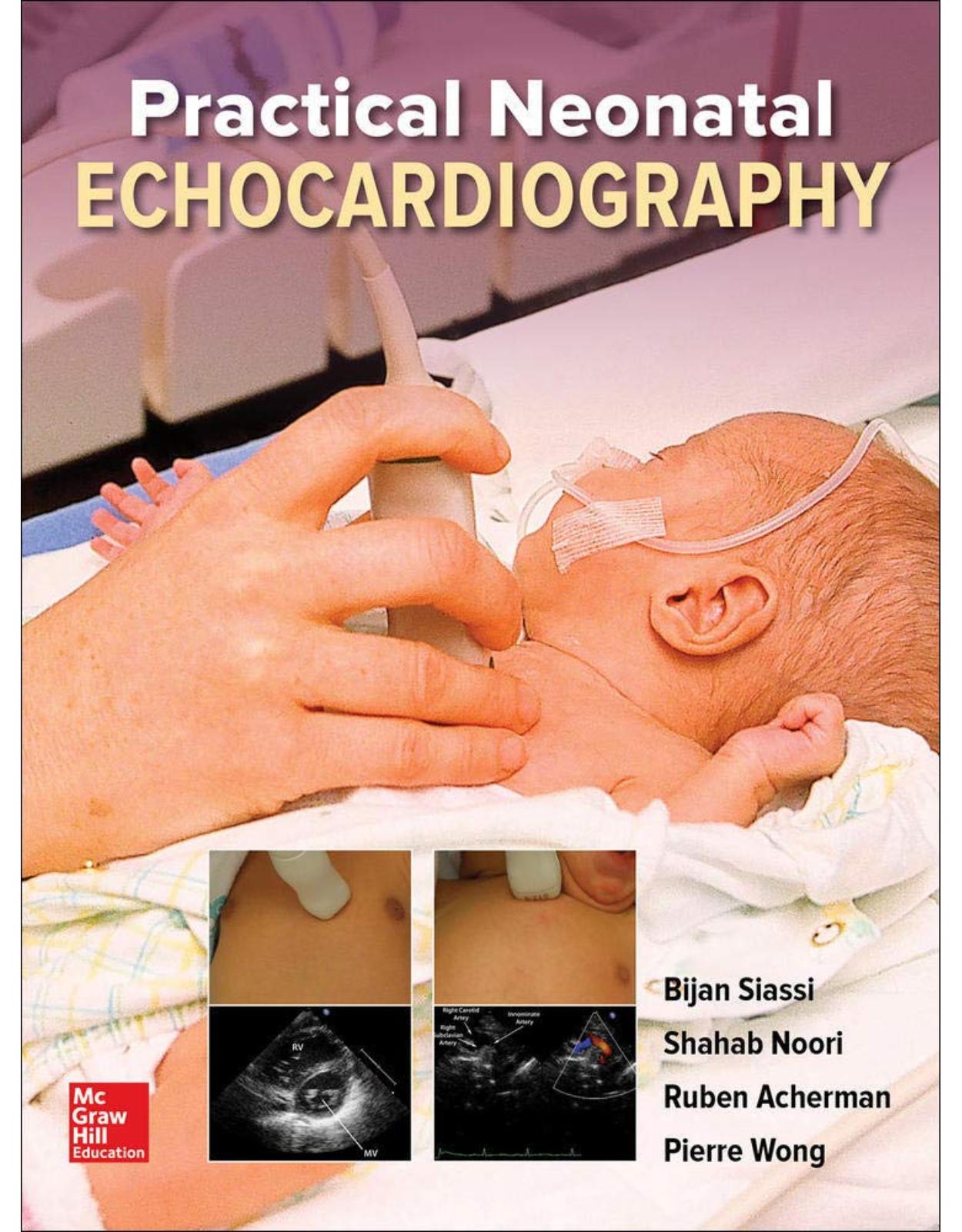
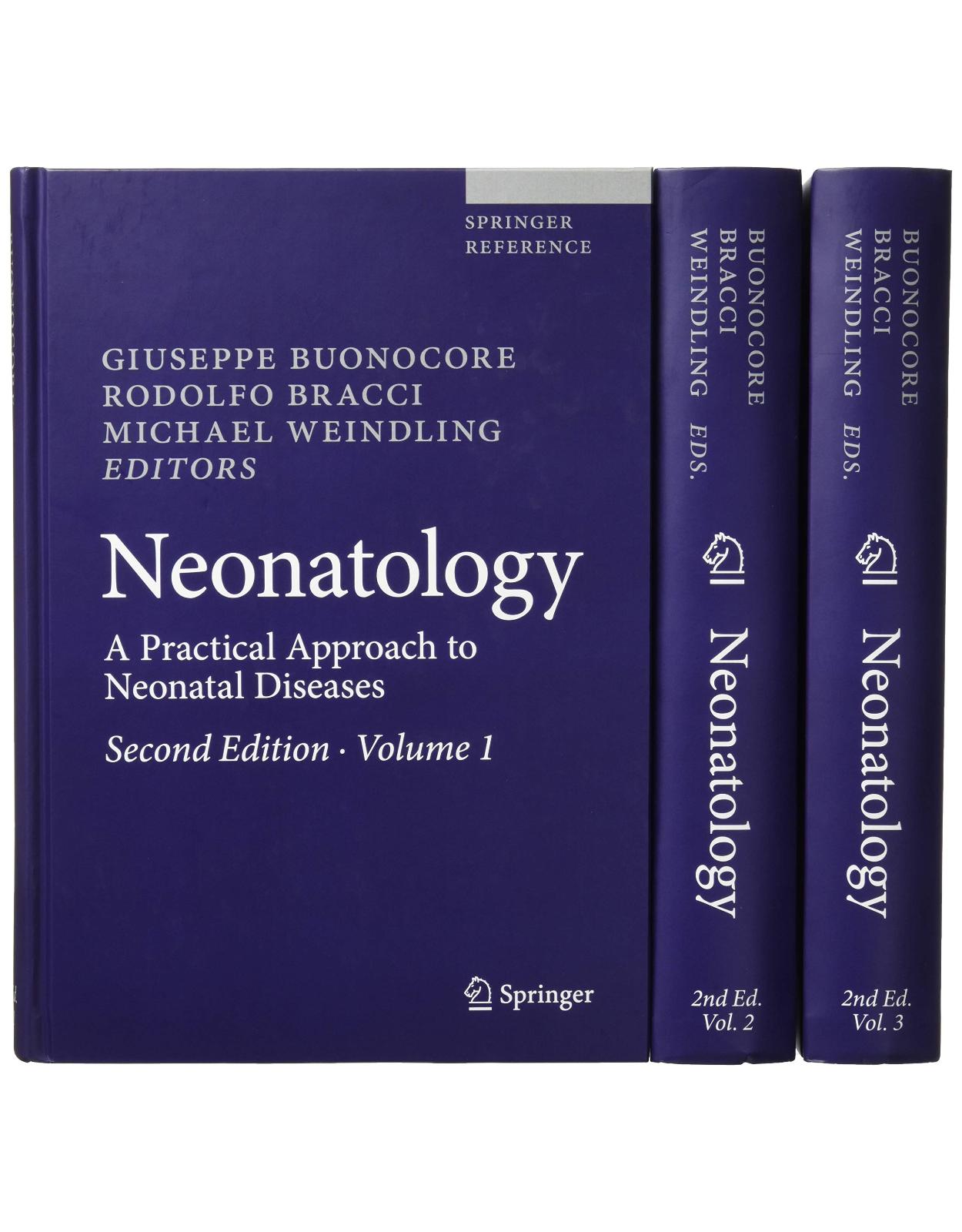
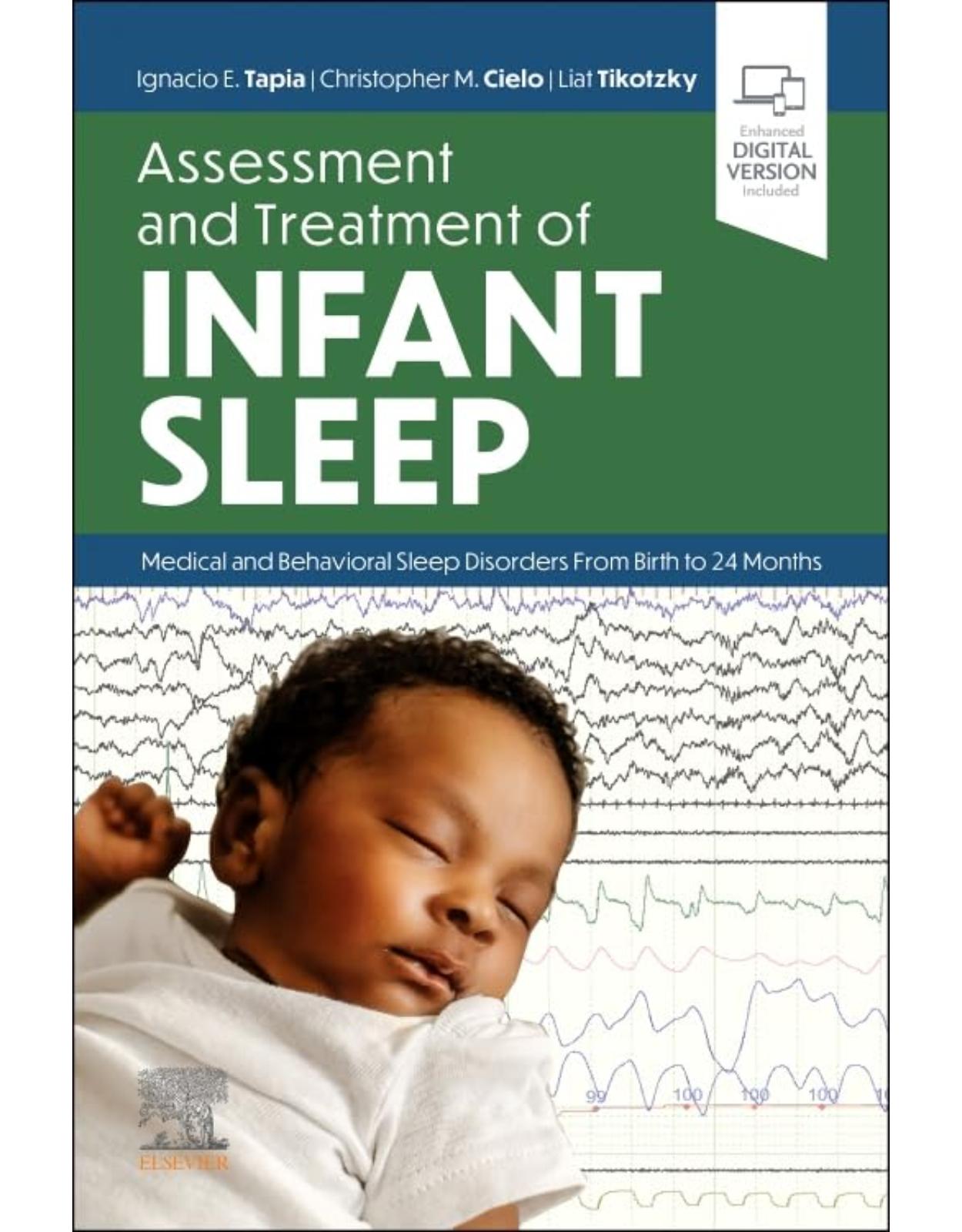
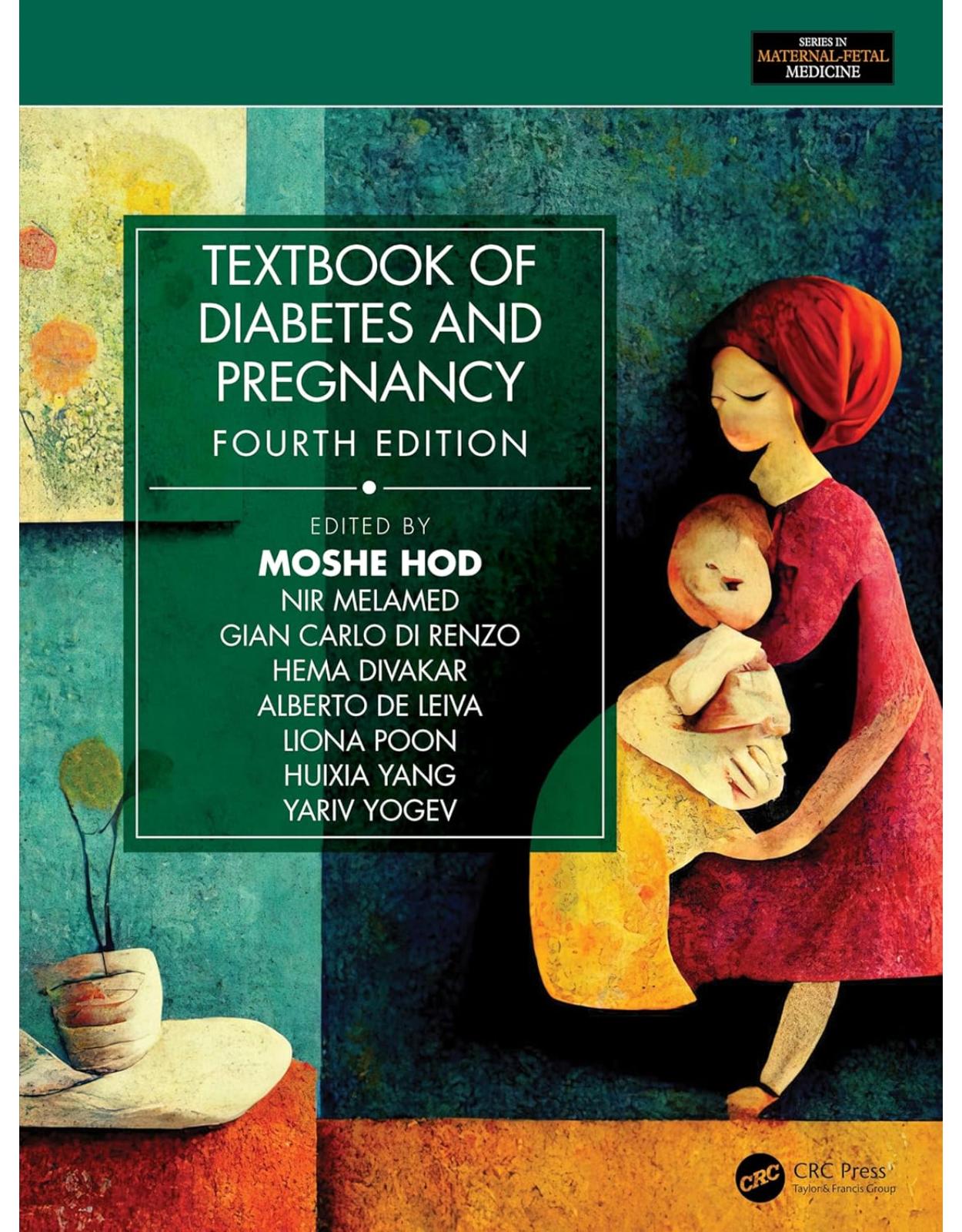
Clientii ebookshop.ro nu au adaugat inca opinii pentru acest produs. Fii primul care adauga o parere, folosind formularul de mai jos.